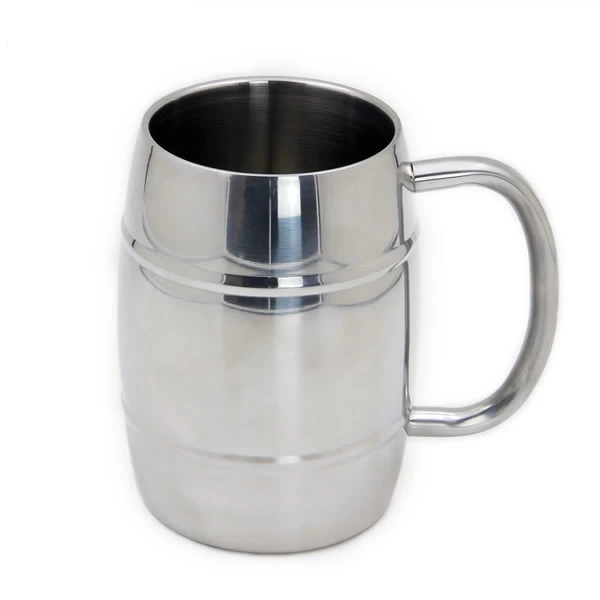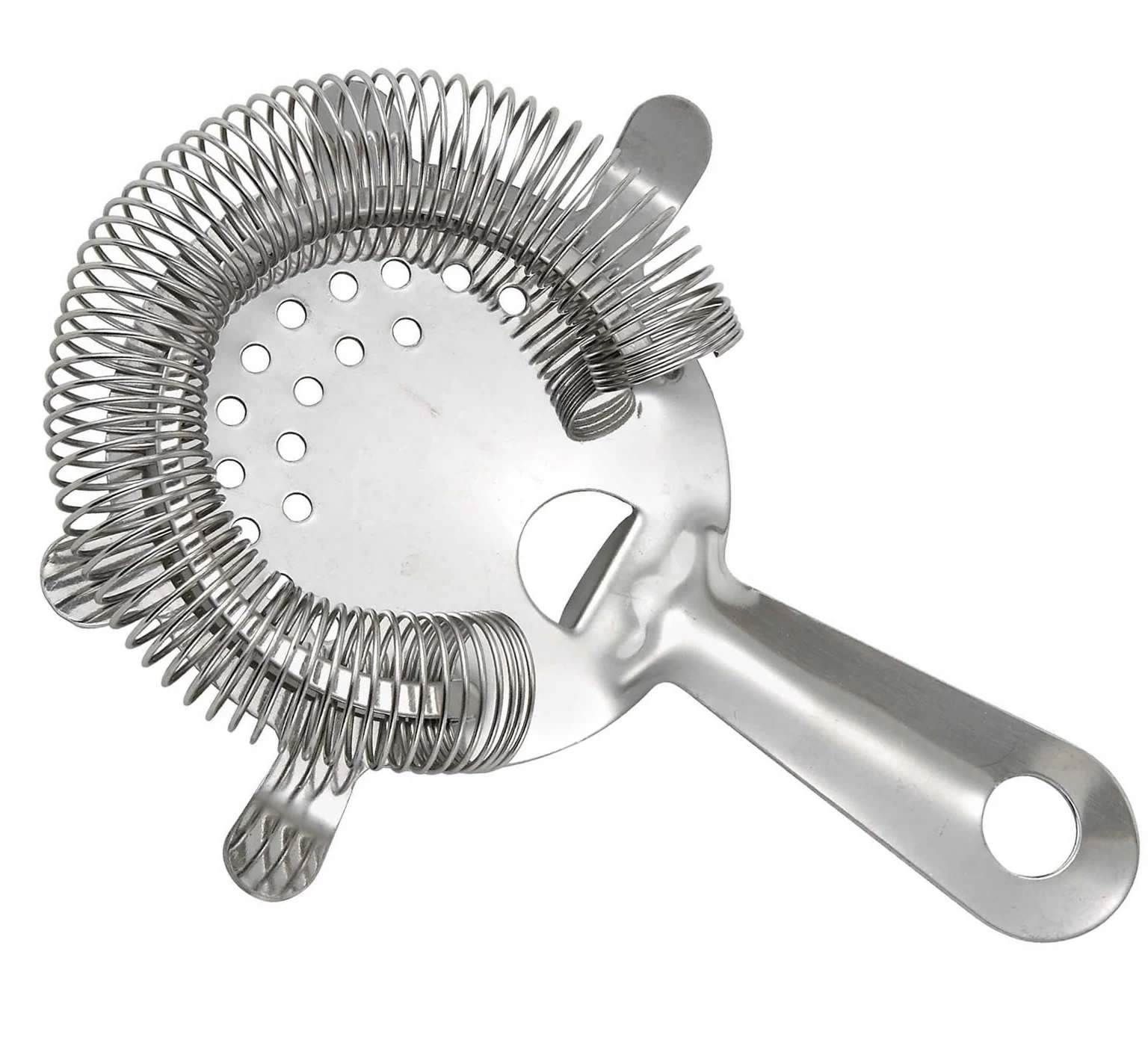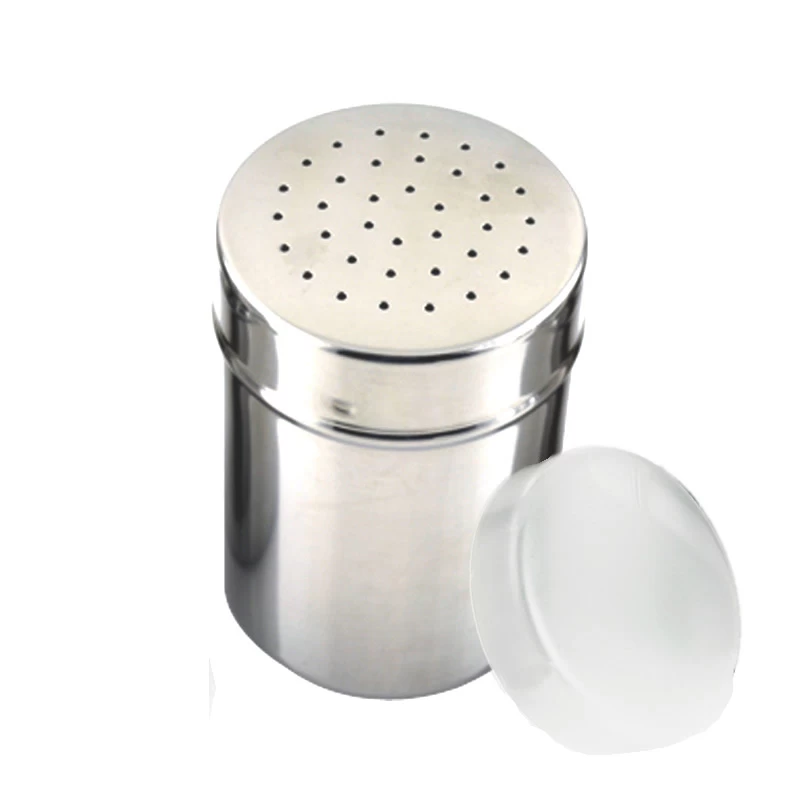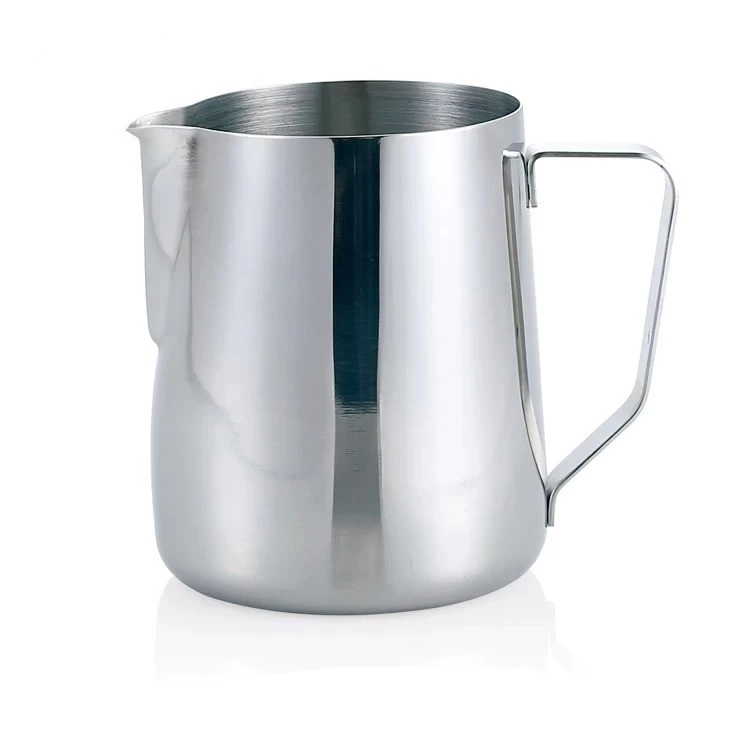What can we learn from the Japanese LED lighting plant factory?
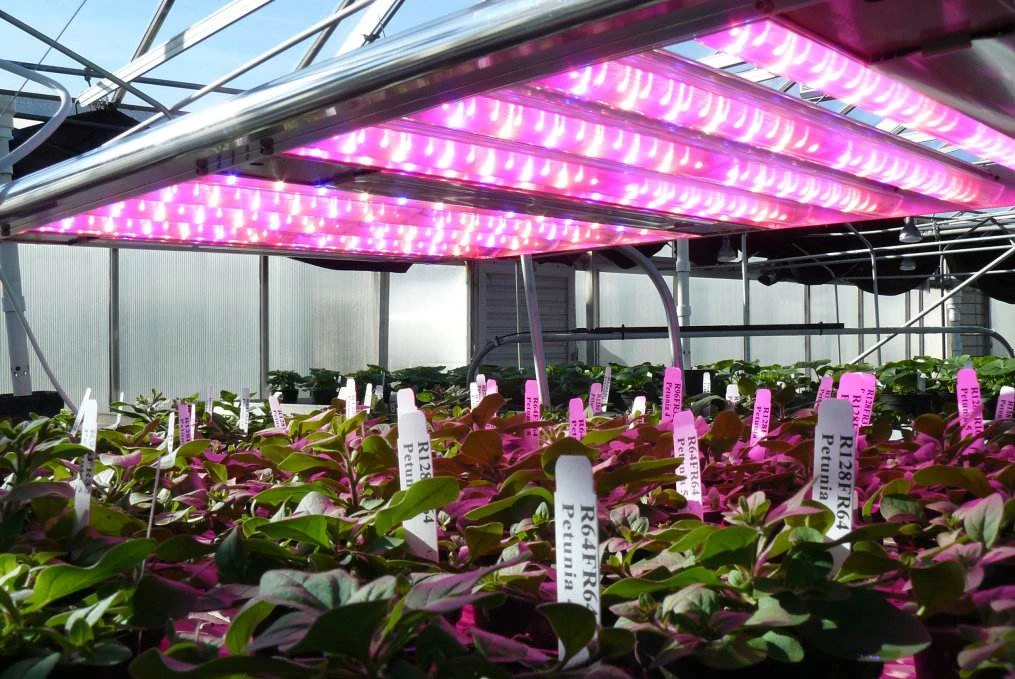
Stainless Steel Canister Supplier
Computer farming during the day, robots on duty at night
Located in Fujita's "Autumn" smart farm in Putian City, Shizuoka Prefecture, Japan, the Autumn Color Farm covers an area of 85,000 square meters and has 12 football fields. There are many vegetable greenhouses up to 6 meters in the park, and the exterior is all glass. The steel frame structure at the top of the greenhouse is also very small, the farm official said, this is to ensure a larger area of light.
Before entering the greenhouse where one of the colorful peppers is grown, the staff wears a plastic jacket, rubber gloves and disinfection of the soles and hands. It is strictly forbidden to touch the plants by hand to ensure that the environment is as sterile as possible.
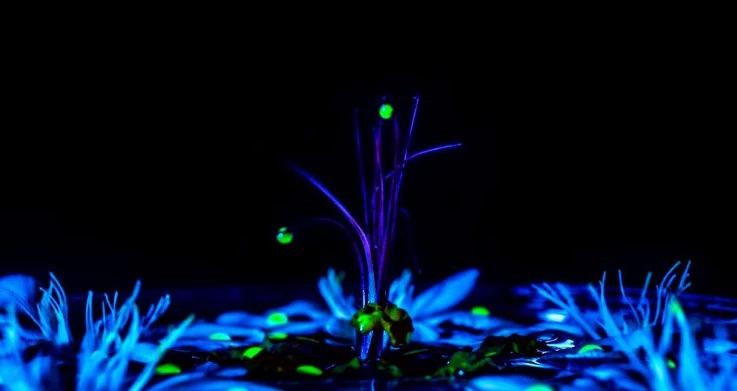
best price Water Bottle wholesales
Rows of plant plants are cultivated in dedicated artificially cultivated soil, and water, nutrient solution, and carbon dioxide are connected through the pipeline from the bottom. The branches of the colored peppers continue to grow along the hanging steel wire, and the staff needs a special lift truck to enter the rows of plants for picking. The humidity and nutrient supply in the greenhouse are controlled by computers.
Qiu Cai Farm Specialist Ito Shengmin said that Qiu Cai Farm was jointly established by a well-known Japanese IT company Fujitsu and an agricultural finance company and a local seed research and development company in Putian in 2016. At present, Qiu Cai Farm has initially realized the high degree of automation of environmental control and the visualization of operation management. The staff can observe the temperature, humidity, and daily light of the greenhouse in real time through multiple displays in the main building to realize remote operation and cloud data. Japanese typhoons are frequent. When a typhoon strikes, the staff can remotely control the skylights in the greenhouse.
In the greenhouse, there are self-service robots walking along the track at night, using LED lights and other equipment to monitor the plants and form a photosynthesis color image for the staff to adjust the temperature and humidity. Ito Shinmin introduced.
"Plant factory" into investment hot
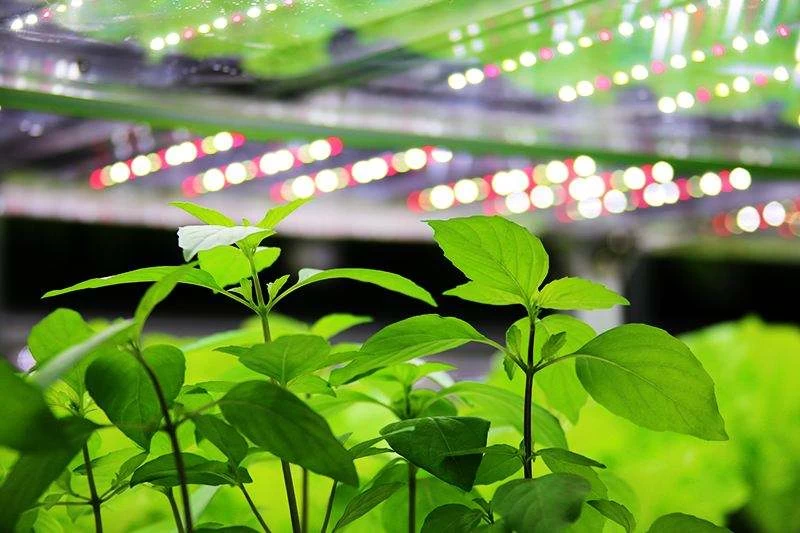
best price Ice Cream Scooptrading company
The so-called "plant factory" uses the computer to automatically control the environmental conditions such as temperature, humidity, light, carbon dioxide concentration and nutrient solution of plant growth, and realizes mass production of plants in a short period of time and a small space to realize crops. Efficient agricultural systems for continuous production. The concept of “plant factory” first appeared in Northern Europe, but it was first applied in Japan on a large scale. There are currently more than 400 artificial plant factories in the world, half of which are in Japan.
Located in a plant in Chiba Prefecture, in a two-story building surrounded by vegetable greenhouses in the National Chiba University campus, the 74-year-old director of the Japan Plant Factory Research Society, said in the tree plant, the plant is a closed environment, working The staff monitored the growth of vegetables through a unique “growth management system” in Chiba Prefecture. It takes about 20 days for vegetables to start planting and seedling. On this basis, it can be harvested in more than ten days.
A plant factory greenhouse that requires 10 people to manage, can harvest 1 million vegetables a year and sell 100 million yen (about 5.87 million yuan). The plant factory also has a visitor's room with a number of small plant factories for home and university teaching, the size of which is comparable to a refrigerator freezer, and the ability to connect with others via a web app.
In recent years, plant factories have become a popular target for global agricultural investment. One of the reasons for the increase in investment, according to the introduction in ancient times, is the large-scale use of LED lights in plant factories. In the past, the cost of plant factories accounted for about 25% of electricity costs. After the use of LED lights, the electricity bills dropped significantly, which reduced investment costs. It is understood that artificial light type plant factories mainly produce a variety of vegetables, and researchers are concerned about higher value added medicines, such as angelica. There are also plant factories in China that focus on the production of cosmetic raw materials.
The foresight of Japanese agriculture
At the beginning of 2017, some media reported that some factories in Japan were poorly managed, 70% of the profits were difficult, and big companies such as Toshiba had divested. Previously, many Japanese farmers had started to plant plants at a subsidy of 70%. However, due to the lack of relevant technology, these plant factories have successively closed down after exhausting government subsidies. Some commentators said that this is the opposite of China's agricultural development.
In this regard, Gu said that the plant factory that is currently truly profitable in Japan accounts for about 30%. But he believes that it is not surprising that 70% of plant factories have deficits. "The negatives of the media on new things should not be over-emphasized. 50 years ago, no one agreed to grow vegetables in greenhouses. Now 80% of tomatoes and 90% of strawberries in Japan are Planted in the greenhouse."
In addition, the lack of funds is also a major bottleneck restricting the development of Japanese agriculture. In the tree, Toshiki said that Japan and South Korea are at a dangerous state in the development of plant factories because of insufficient investment. Sun Zhengyi, the richest man in Japan and the CEO of Softbank Group of Japan, has invested in an American plant factory, and the Chinese LED company Sanan Group and the Institute of Botany of the Chinese Academy of Sciences have cooperated in the construction of the world's largest plant factory in Fujian. profound.
Although Japanese farmers have the patience and patience of “embroidery”, Japanese agricultural enterprises have long been a phenomenon of “single fight alone” and are also factors that restrict their agricultural development. When introducing the original intention of the establishment of the autumn color farm, Ito said that in the past, Japan’s agriculture was “pointing to one-way”, “research is research, production is produced, and circulation is circulating”. Taking the Japanese agricultural breeding model as an example, Ito Shengmin tells us that there are only two large-scale nursery companies in Japan. The quality of seeds cultivated by many small-scale nursery workshops is not bad, but because the downstream is not opened, the added value is low.
Japanese-style profit model
At least 85% of China's agriculture cannot achieve secondary profits. For example, the farmer planted 100 acres of wheat, and the core income came from selling wheat. Once you encounter slow sales, you have to lose money. But in this respect, Japan's experience is worth learning. One example is Japan, which has found a new profit model for ordinary rice. Japanese rice field painting is a direction worth learning.
Tiansheguan Village is the originator of Japanese rice field painting. Inspired by the crop circle, in order to revitalize the local economy and develop tourism resources, in 1993 the villagers began to make rice fields. The rice field paintings have different themes every year. They are very extensive in Japan and abroad. Today, the number of visitors to the Tiansheguan Village has exceeded 200,000. Even some big companies have come to the door, hoping to use the rice fields of farmers to make "advertisement ads" for them. The rice field art of the rice paddy growing season attracts a large number of tourists; after the rice harvest in autumn and winter, the rice straw is turned into a work of art, which also realizes the value of rice fields. Japan's rice field paintings have activated the farming industry. In addition to income from agricultural products sales, farmers' income can also develop creative agriculture to increase income.







